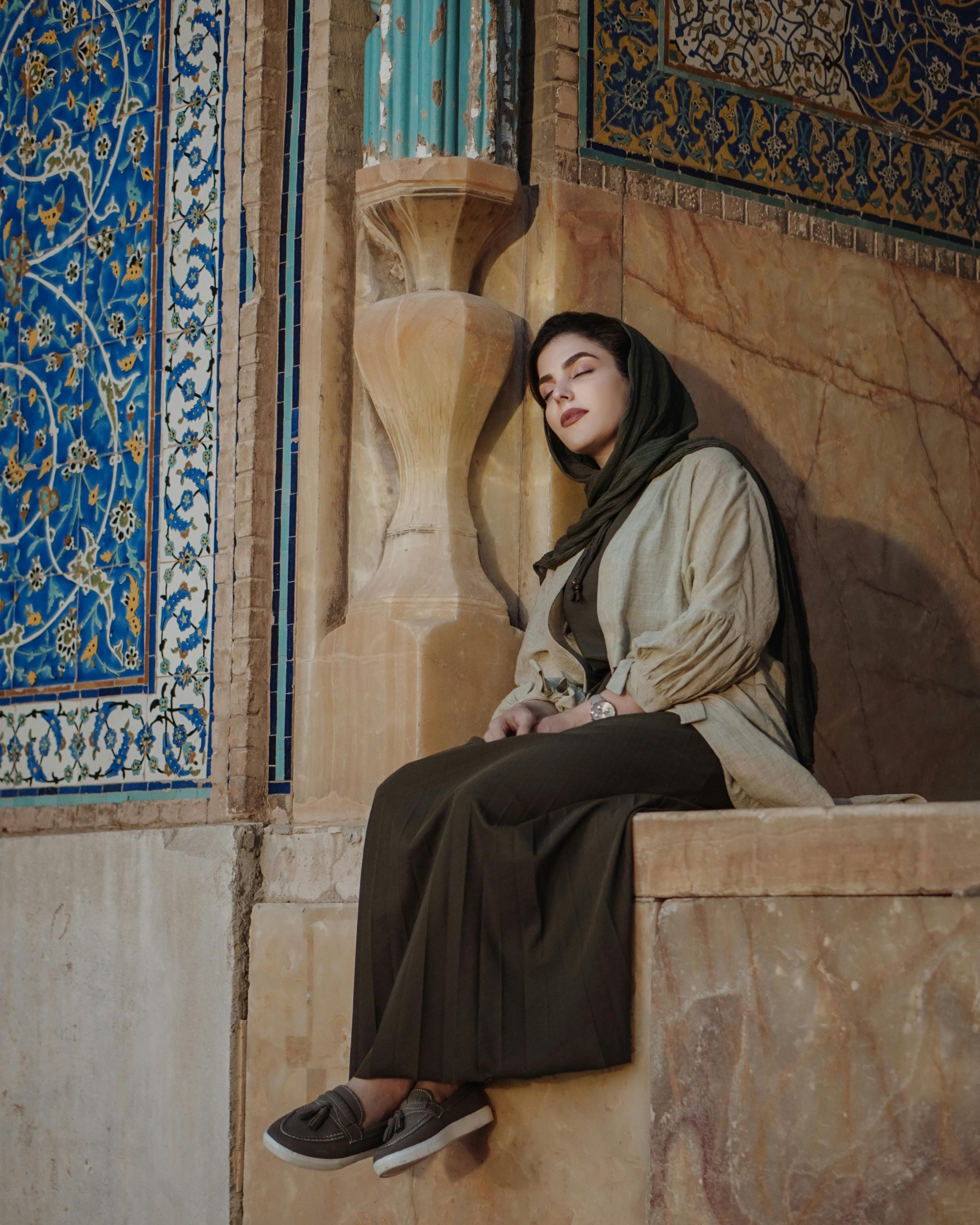The struggle for women’s rights in Iran has reached a critical juncture in 2025. Recent reports indicate that over 70% of Iranian women face daily restrictions on basic freedoms, from education to employment opportunities. As international pressure mounts and domestic resistance grows stronger, could this year mark the beginning of genuine change for millions of Iranian women seeking equality and justice?
Current restrictions and challenges facing Iranian women
The mandatory hijab enforcement stands as perhaps the most visible symbol of control over Iranian women’s daily lives. Since the Islamic Revolution, women have faced arrest, fines, and imprisonment for improper veiling. Recent crackdowns have intensified these measures, with morality police conducting regular street patrols and surveillance cameras monitoring compliance in public spaces.
Additional reading : Exploring the Resilience of UK Businesses in Times of Crisis
Professional limitations severely restrict women’s career prospects across multiple sectors. Female lawyers cannot serve as judges, women are banned from attending men’s sporting events as spectators, and certain university programs remain off-limits to female students. Many companies face pressure to limit women’s employment opportunities, particularly in leadership positions.
Educational restrictions create additional barriers to advancement. Universities have implemented gender-based quotas that often favor male applicants, while specific fields like engineering and nuclear physics have become increasingly difficult for women to access. These policies systematically limit intellectual and professional development.
Additional reading : How Can Trends in UK Women’s Fashion Influence Global Style Decisions?
Social freedoms face constant scrutiny through both legal and cultural mechanisms. Women cannot travel abroad without male guardian approval, face restrictions on attending cultural events, and risk prosecution for social media posts deemed inappropriate by authorities. These overlapping restrictions create a comprehensive system of control that touches every aspect of women’s lives.
How the protest movement is reshaping this struggle
The resistance movement has evolved into a multifaceted force that transcends traditional boundaries. Iranian women and their allies worldwide have developed innovative strategies to challenge systemic oppression and amplify their voices despite severe restrictions.
These diverse forms of peaceful resistance have created unprecedented momentum for change:
- Street demonstrations : Mass gatherings in major cities where protesters risk imprisonment to demand fundamental rights and freedoms
- Digital campaigns : Social media movements using hashtags and viral videos to document violations and mobilize international support
- Civil disobedience : Women publicly removing hijabs, attending sporting events, and defying discriminatory laws in everyday acts of courage
- Economic boycotts : Organized consumer campaigns targeting businesses that support restrictive policies
- International solidarity : Global protests, diplomatic pressure, and advocacy campaigns coordinated across multiple countries
This coordinated approach has transformed isolated incidents into a sustained movement. The combination of grassroots activism and international attention has created unprecedented pressure for systemic reform.
International support and diplomatic initiatives
The international community has mobilized unprecedented support for Iranian women through a comprehensive framework of diplomatic measures and targeted interventions. The European Union, United States, and Canada have implemented successive rounds of sanctions targeting Iranian officials responsible for human rights violations, particularly those involved in suppressing women’s rights demonstrations.
The United Nations has taken significant steps through multiple resolutions condemning Iran’s systematic discrimination against women. The UN Special Rapporteur on the situation of human rights in Iran regularly documents violations and presents detailed reports to the Human Rights Council. These diplomatic efforts have helped maintain international pressure and visibility on the crisis.
Beyond formal diplomacy, global civil society organizations have launched extensive awareness campaigns to amplify Iranian women’s voices. Social media movements, public demonstrations in major capitals, and celebrity endorsements have kept the issue prominently featured in international media. However, the effectiveness of these initiatives remains limited by Iran’s isolation from international institutions and its resistance to external pressure.
The challenge lies in translating international solidarity into concrete improvements for women inside Iran, where domestic repression continues despite global condemnation.
Key figures leading the charge for change
The fight for women’s rights in Iran has been carried by courageous activists who continue to inspire despite facing severe persecution. Masih Alinejad, a prominent journalist and activist based in New York, has become one of the most recognizable voices advocating for Iranian women’s freedom. Through her social media campaigns and international advocacy, she has brought global attention to the mandatory hijab laws and other restrictions imposed on Iranian women.
Nobel Peace Prize laureate Shirin Ebadi remains a powerful symbol of resistance, using her legal expertise and international platform to document human rights violations. Despite being forced into exile, she continues to work tirelessly to expose the systematic oppression of women in Iran and advocate for legal reforms.
The movement has also been shaped by ordinary women who became extraordinary through their acts of defiance. Vida Movahed, known as the “Girl of Revolution Street,” sparked nationwide protests in 2017 when she stood on a utility box waving her white headscarf. Her simple yet powerful gesture inspired countless others to follow suit, creating a wave of civil disobedience that continues today.
What does the future hold for gender equality in Iran?
The path toward gender equality in Iran remains complex and uncertain, shaped by competing forces within society and government. Recent protests have demonstrated the resilience of Iranian women, but they also face increasingly harsh crackdowns from authorities determined to maintain the status quo.
Several factors could influence future change. Iran’s young, educated population shows growing support for women’s rights, while economic pressures and international sanctions create additional challenges for the regime. Digital connectivity allows women to organize and share their stories globally, building international solidarity despite domestic restrictions.
However, significant obstacles persist. The current leadership remains committed to conservative interpretations of Islamic law, and security forces continue to suppress dissent with violence. Economic instability often forces families to prioritize survival over advocacy, limiting sustained resistance movements.
Experts suggest that meaningful progress will likely require both internal pressure and sustained international support. The courage displayed by Iranian women in recent years has already shifted global conversations about women’s rights in authoritarian contexts, creating hope for gradual but lasting change.
Your questions about women’s empowerment in Iran
What are the main restrictions on women in Iran today?
Iranian women face severe restrictions including mandatory hijab laws, bans from universities and public spaces, employment limitations, and restrictions on travel without male guardian approval.
How has the situation for women’s rights in Iran changed recently?
Since 2022, restrictions have intensified significantly. New laws ban women from parks, gyms, and businesses. Educational opportunities decreased, with many university programs now closed to female students.
What are the current women’s rights issues in Iran today?
Key issues include forced veiling, educational discrimination, employment bans, restricted healthcare access, limited legal rights in marriage and divorce, and severe punishments for civil disobedience.
How are Iranian women fighting for their rights and freedom?
Women resist through civil disobedience, removing hijabs publicly, underground education networks, social media campaigns, and participating in protests despite facing imprisonment or worse consequences.
What can the international community do to support women’s rights in Iran?
International support includes targeted sanctions, amplifying women’s voices, providing secure communication tools, supporting refugee women, and maintaining diplomatic pressure on Iranian authorities.








